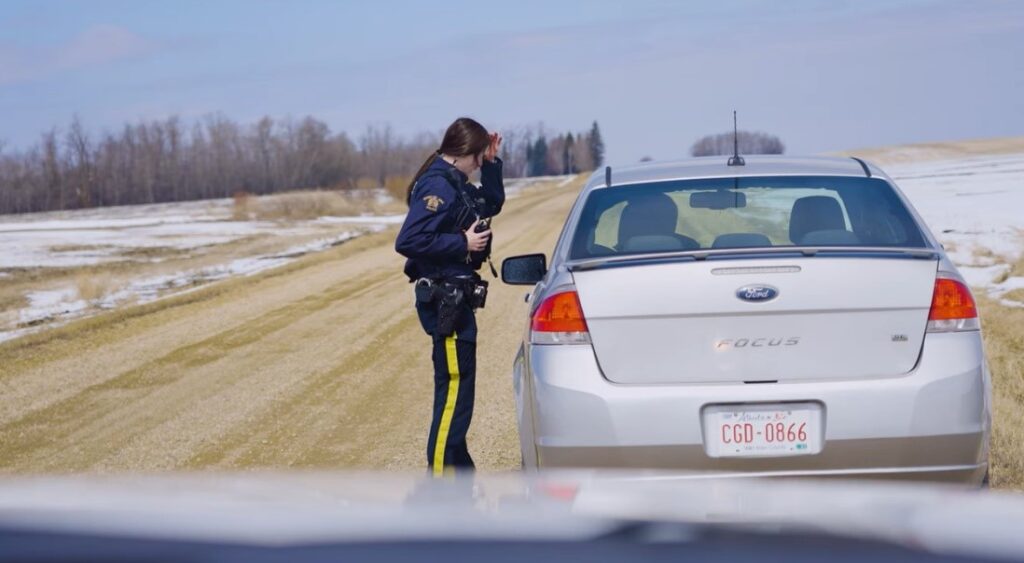Pop quiz: someone runs at you with a knife – what do you do?
Most of us would probably turn around and run as fast as we could the other direction – but this isn’t the case for a police officer. These men and women are often running the other way: towards the knife, or gun, or explosion.
But what happens next? Hollywood would probably show a big action movie fight scene, but the reality is a little less glamorous and typically a lot safer for all involved.
De-escalation: An Officer’s Bread and Butter
Often, situations de-escalate simply through the arrival of police presence: the police car, siren and uniform often restore calm. Once on scene, the #1 tool a police officer has is their voice. Verbal commands or a conversation help defuse most situations before they escalate. Data backs this up. According to RCMP use-of-force statistics, RCMP officers respond to almost 3 million documented calls for service every year, and fewer than 1/10 of 1% (0.1%) results in any use of force.

More Tools = More Options
Just like any professional, having a well-stocked toolbox means an officer has several options available to respond with, in the unusual event that things escalate. For RCMP Members, these include physical options like the Carotid Control Technique (CCT) and Members working in specialized teams have access to special tools like sponge tipped rounds, and tear gas.
Each of these less lethal tools can be used safely to disarm, distract, or subdue a violent person to give an officer more time to de-escalate a situation or get themselves more space to assess.
The importance of these tools cannot be understated – they literally save lives: the officer’s and the subject’s. Below, RCMP Cst. Flemister shares her first-hand experience of a high-risk call where the use of Carotid Control potentially saved her partner’s life.
Tools Need to Remain an Option
You may be wondering, “Cool, but so what?” Well, in 2022 Canada’s federal government directed the RCMP to eliminate the use of many of these less lethal tools, including the CCT, sponge-tipped rounds, and tear gas. That’s a problem. Bluntly put, removing any of these options could make it harder for a police officer to perform their duties safely, and would minimize their choice to use other options, like tasers or firearms.
No one wants that – police officers most of all.
Having more options means a police officer can use the right tools at the right times for the right situations. Without them, there could be a real cost to public safety that we simply can’t afford.



